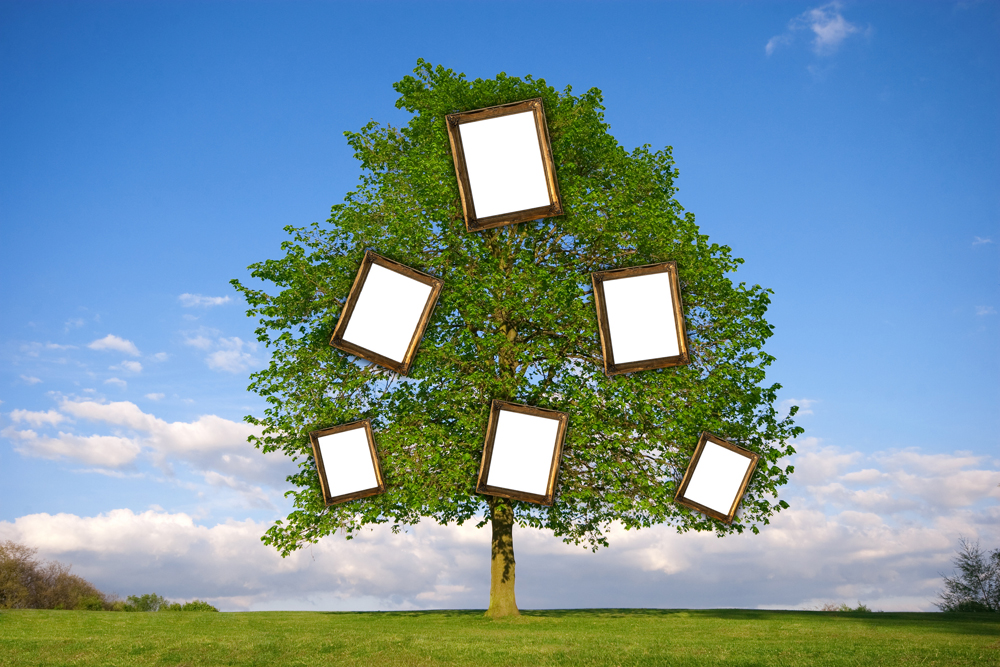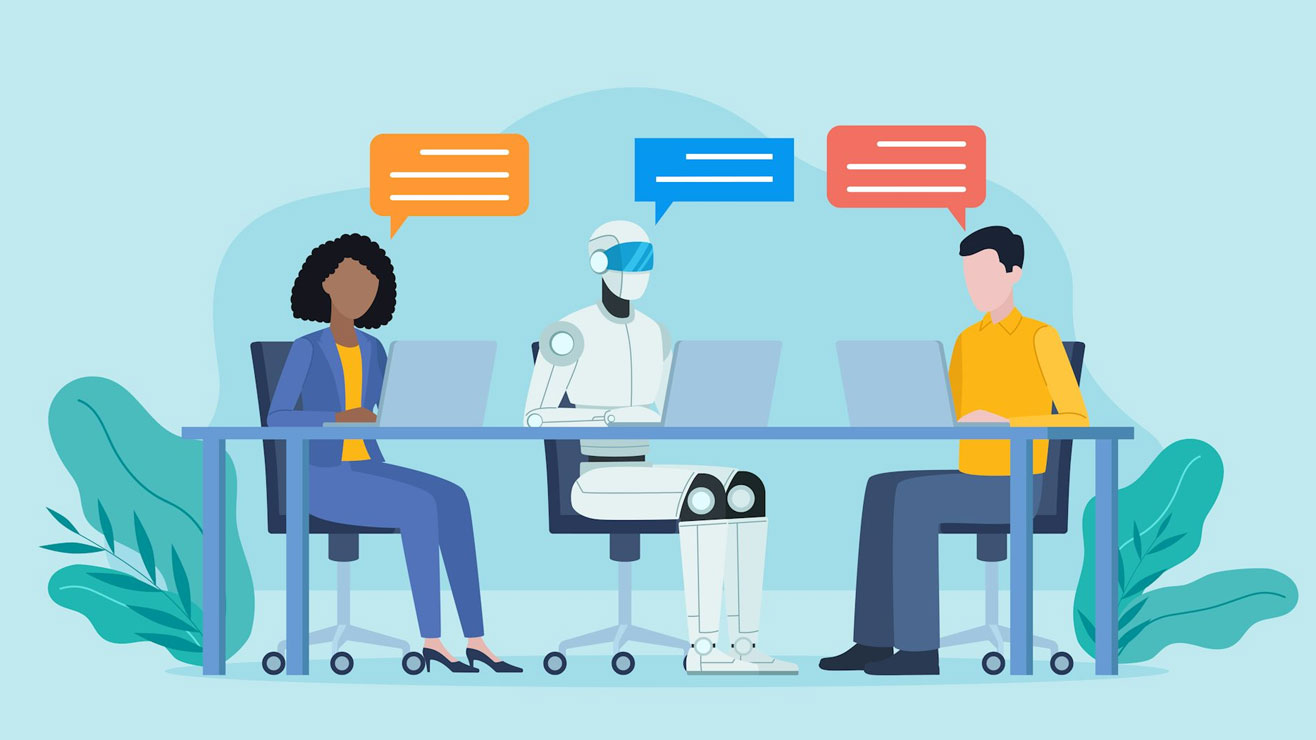
On Monday (Oct. 22), Ancestry.com was sold for $1.6 billion, and the site, which has more than 2 million users, has been profitable since it started in 1996. The huge sale highlighted how many people are deeply interested in their roots.
"Genealogy is said to be America's second-most popular hobby," said Beverly Strassmann, a University of Michigan anthropologist.
And it's a hobby that has extremely deep roots, with its beginnings going all the way back to the hunter-gathers of the Neolithic Period about 11,500 years ago, just as the transition to an early agriculture society was taking place.
But in a world where lineage no longer determines people's fates, why do so many of us care about distant relatives who died long ago?
Preference for relatives
The deep-rooted interest in our ancestry is partly shaped by evolutionary forces, Strassmann said. Humans care about family members because they share some of our genes.
"People can pass on their genes either by having their own offspring, or by helping their kin to reproduce," she said. [How Gay Uncles Pass Down Genes]
Get the world’s most fascinating discoveries delivered straight to your inbox.
If a person feels closer to their family, they're more likely to help them out and increase their survival odds as well as those of one's own genes, a phenomenon known as kin selection.
"So people can forward their genetic fitness by helping their relatives, who are not necessarily just offspring," Strassmann told LiveScience.
Mental leap
But helping living, immediate relatives probably didn't translate into understanding the larger concept of family relationships until around 30,000 years ago. At that point, humans began painting breathtaking cave art beyond simple scenes from their everyday world.
"They’re not just making cave art of their environment," said UCLA anthropologist Dwight Read. "Sometimes they have pictures of animals that have gone extinct and aren’t currently around."
Instead, the paintings show different types of animals and how they relate to each other. For instance, the paintings in Chauvet, France, show a group of horses that would never be seen at the same time because their coats are for different seasons. But the ancient artists grasped that all horses were the same type of animal.
Read and his colleagues hypothesize that the mental leap required to understand classes of animals also led ancient people to create an arithmetic of human relationships: For instance, deducing that a mother's brother is an uncle, or that a father's mother is a grandmother.
This jump may have allowed clans to interact more, because Paleolithic people could understand that their sister or brother may be living with another clan but was still connected to them in a key way, Read said.
Farming families
The concept of family trees likely didn't take hold until the Neolithic period around 20,000 years later, when humans settled down to farm.
"This kind of a system made it possible to have much larger societies than we could with hunters and gatherers," Read told LiveScience.
At that point they began living in larger tribes, where it was possible to be distantly related to people in the same settlement, he said. Living with more people could have meant more conflict, but genealogy allowed distant ancestors in these larger groups to feel tied together by a common thread. [Image Gallery: Faces of a Threatened Tribe]
"The size of the circle of trust expands the further back you go in ancestry in terms of sharing a common ancestor." Read said. "So if you go back five or six generations to find a common ancestor you’ll have a much larger group of people who will be united."
Genealogy gets democratic
Later, genealogy was a way for the elite to justify their position on top of the social pyramid, said Eviatar Zerubavel, a sociologist at Rutgers University.
“The fascination goes back to antiquity,” Zerubavel told LiveScience. “Royalty, for example, and nobility were very obsessed with creating genealogies that would link them to heroes.”
The average person didn't have the resources to trace his lineage back very far, and he didn't stand to gain property from it, either, he said.
But nowadays, as church and local records go online and DNA testing becomes cheap, more and more people can easily trace their great-, great-, great-grandfather back to Ireland or Africa, he said. That has made genealogy accessible for the masses.
As the world grows more crowded and anonymous, tracing ancestry allows people to feel more connected to others, he said. Sites like Ancestry.com allow people to find distant cousins they never knew existed, he said.
"We live in a society of millions to hundreds to millions of people, most of whom are strangers to us," he said. "If all of a sudden you are a fourth cousin of someone, it creates a sense of connectedness that you might not have had before."
Follow LiveScience on Twitter @livescience. We're also on Facebook & Google+.

Tia is the editor-in-chief (premium) and was formerly managing editor and senior writer for Live Science. Her work has appeared in Scientific American, Wired.com, Science News and other outlets. She holds a master's degree in bioengineering from the University of Washington, a graduate certificate in science writing from UC Santa Cruz and a bachelor's degree in mechanical engineering from the University of Texas at Austin. Tia was part of a team at the Milwaukee Journal Sentinel that published the Empty Cradles series on preterm births, which won multiple awards, including the 2012 Casey Medal for Meritorious Journalism.


